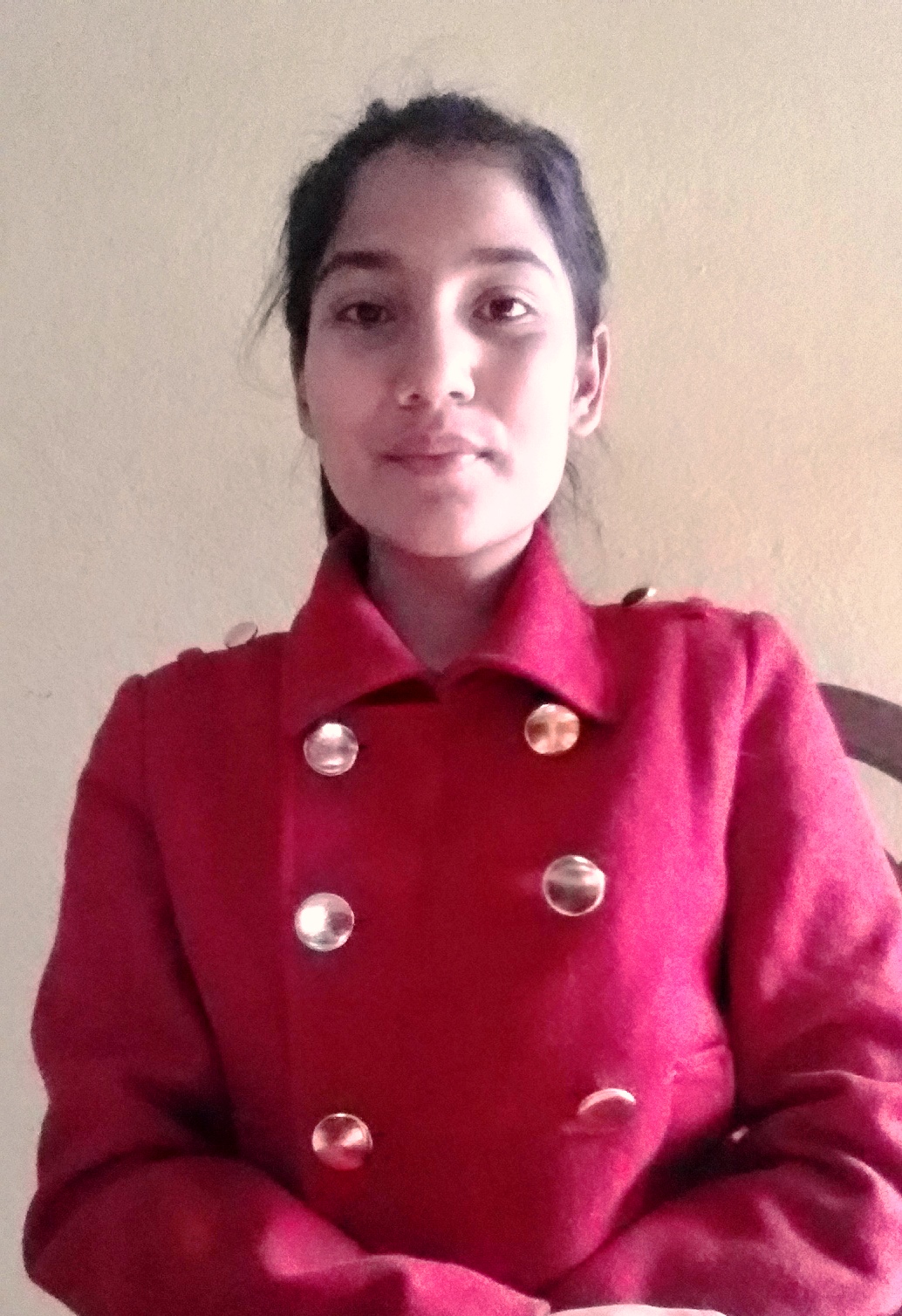Such a Waste: Moving to a Culture of Less Garbage and More Recycling
“Waste”- What is the first image that came to your mind when you saw the word? A pile of huge unwanted plastics, cans, bottles, remains of vegetables, etc., which have a nasty smell? How many of you know that the place of empty cans, packets of noodles, junk, wrappers, or paper is in the green or blue basket which has got a sign on it which says “USE ME” and is placed on the road? Everyone is aware about it, yes?
Yet despite being aware of it, Kathmandu Valley’s 1,003,285 residents alone produce 457 metric ton of waste per day (Central Bureau of Statistics 2013). According to a study by the Alternative Energy Promotion Centre, Kathmandu Metropolitan City, Lalitpur Sub-Metropolitan City, Bhaktapur Municipality, Madhyapur Thimi Municipality, Kirtipur Municipality and Kalimati fruit and vegetable market alone produce 331 tons urban waste daily. Isn’t that huge in amount? What’s the solution to it? Similarly, a household survey conducted by the Asian Development Bank has revealed that average per capita household waste generation rate is 170 grams per capita per day. The study also uncovered that households with monthly expenditures of NRs. 40,000 and above generate more than twice as much waste as households with monthly expenditures of less than NRs 5,000. It seems like more money results in more waste, isn't it so?
The analysis of household waste composition shows that the biggest category of waste is organic waste with 66 percent, followed by plastics with 12 percent, and paper and paper products with 9 percent which indicates great potential for producing compost from organic waste, and reusing and recycling other materials. A study by the Asian Development Bank also found that about 30 percent of surveyed households in the municipalities were practicing segregation of waste at source and composting using traditional methods. Such practices were found mainly in rural municipalities. An analysis of the information provided by municipalities revealed that only 6 municipalities use sanitary landfill sites for final disposal, and 45 are practicing open dumping along roads and rivers.
Realizing that waste is a major problem, some organizations in Nepal have already taken their first step to change the waste management system starting with themselves. Bir hospital is one of the oldest hospitals of Nepal and has become a pioneer in the field of hospital waste management as it now segregates waste at source thereby significantly reducing the toxicity. “We have been following non-incineration techniques to manage medical waste, because of the risks associated with burning them.” says Mahesh Nakarmi, director of the Health Waste management Program. “The organic waste produced by the hospital is fermented in underground digesters to generate methane gas which is then used for cooking. Non-biodegradable waste is recycled and sold to hawkers or used to make handicrafts. The hospital has also begun vermin-composting, using cotton and gauge to create compost manure and hopes to sell 32 tons of fertilizer annually. “So far the hospital is recycling nearly 80 per cent of its total waste and the program has improved overall hygiene at the hospital” says Ms. Tulsi Malla of the surgical ward. The program conducted by the hospital is becoming commercially viable. With the hospital earning Rs. 30,000 a month selling fertilizer, the monthly cost of disposing other waste has considerably reduced.
Another example is Jamarko Handmade Paper Products, which collects waste paper from a range of organizations, recycles it, and turns it into usable items. Anyone is welcome to contribute to their paper collection even you can. A few INGOs and NGOs have become regular suppliers and Jamarko recycles an average of 20 tonnes of paper every year. With the paper, Jamarko produces folders, envelopes, letter pads, notebooks, invitation cards, visiting cards, handicraft items as well as A4/A3 size papers. On the side, the company also produces Nepali Lokta paper and its products. The quality of recycled newspaper is not up to the standards required, so they are reused instead by making paper bags out of them.
An example of community recycling is “Nandakishor garden” located in Naxal. The garden was a dumping site where people used to dump their organic and non-organic waste. The local community members made a plan to clean up the waste and started a campaign to raise 4 lakh to construct a community garden. The garden consists of different colorful flowers, six solar panels and a children’s park. Wells for drinking water and first aid services were also constructed on the ground, so that they can be used during natural disasters like the earthquake which hit Nepal in 2015. It has been a massive change- the plot of land where people used to quickly walk passed while closing their nose, is now a place to jog early in morning or night, to play and relax.
Schools also have a huge potential for recycling. For a recent assignment, I had to visit different schools to conduct a survey and I found that the schools inside the Kathmandu Valley have banned the use of plastic bags inside school premises and have discouraged students and their parents to use plastic bags. For example, Vidhyasankar international school uses the organic waste produced from their cafeteria and dining halls as a fertilizer for the trees and plants inside the school area and educates students to promote recycling outside the classroom.
These positive examples are trying to make a difference, but it is not enough. There is the need for a government-supported countrywide public awareness and education campaign about the 3R’s – Recycle, Reuse, Recycle in schools, the media, door to door. We have to change our attitude. Are you ready to take your responsibility?

Krishma Poudel
National College
BA in Development Studies
The views and opinions expressed in this blog are those of the author and do not represent the views of Bikas Udhyami.
